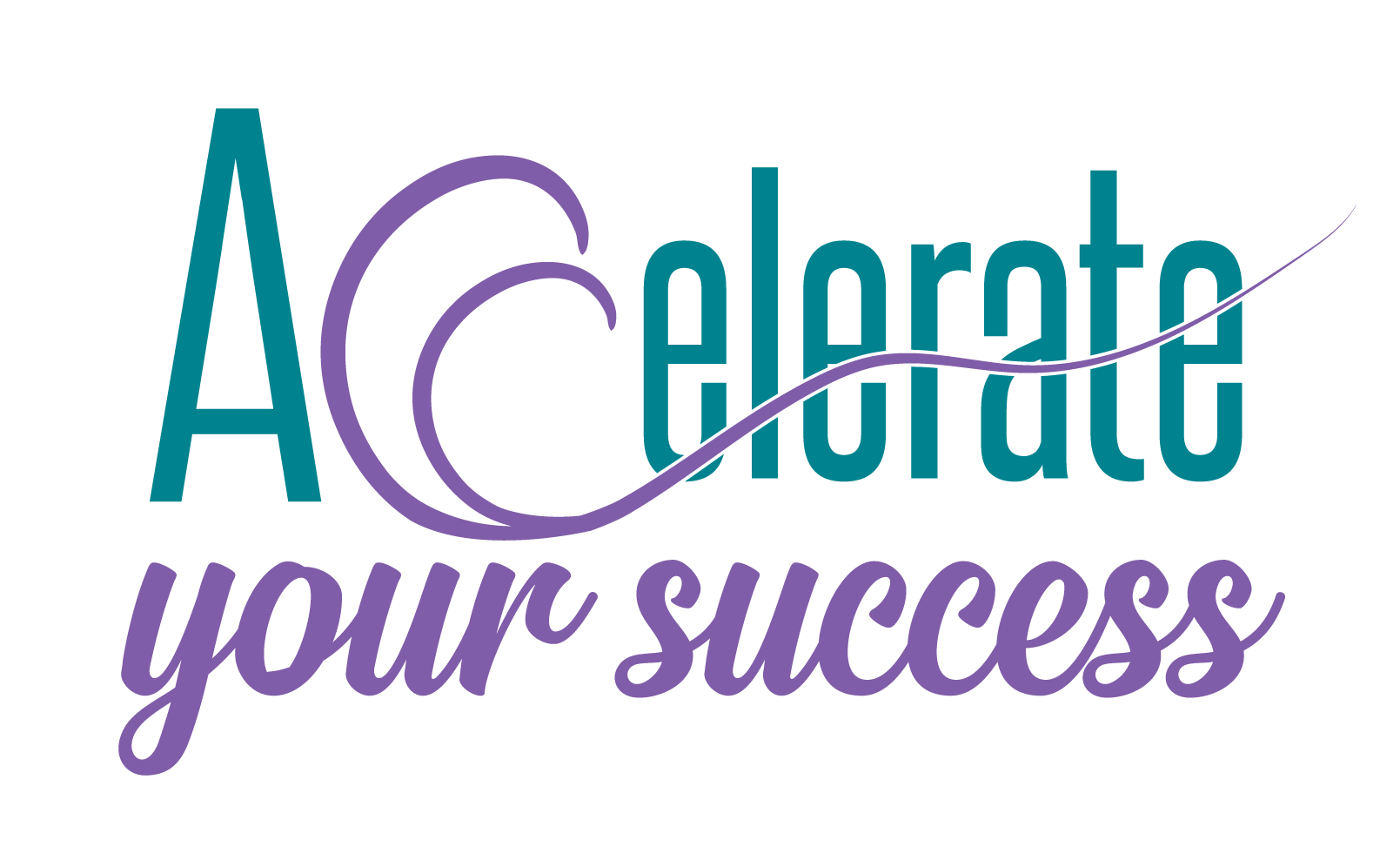When you decide to hire someone, you’re likely thinking about what they can take off your plate. The main reason for hiring someone is to help you! After carefully weighing your options for candidates and pulling the trigger, you’re probably hoping they can make an immediate difference in your business.
The reality is that if you are expecting immediate relief, you’re likely to experience disappointment. No matter how fabulous your hire is, they will have to learn things about your expectations, your organization, and the processes you utilize in your business.
For many business owners, employee remorse kicks in early. Within a few days of hiring someone, owners are already convinced they haven’t found the right person. It is easy to understand why they feel this way – they now have more to do (teaching the new employee) with nearly the same amount of work they had before AND they have to write a check for the experience!
The problem here is expectation. One hundred percent of new employees need training, support, and assistance when they start. Consider if you owned a dental clinic and you hired a new dentist. You select a dentist with 10 years of experience who knows how to fill cavities, examine x-rays, and perform surgery. You might assume that you won’t need to train this dentist, but that would be inaccurate. The new dentist is unlikely to know your exact equipment, which products you use, and how your software functions. Then they’ll need to learn the nuances of working with your staff and how patients flow in your clinic. Does the patient see the dentist before x-rays or after? In some clinics, the patient is mostly with the hygienist, while in other clinics the patient sees the dentist before the hygienist. Therefore, the need for orientation isn’t necessarily about the skill of the individual as much as it is defining the expectations and norms for your business.
Onboarding isn’t filling out a few government forms – though you’ll need to do that too. Onboarding is the process of welcoming the new person, teaching them what you want and expect, and helping them learn how to deliver both. Do this well and the dividends pay out for years in loyal employees who deliver exactly what you need done and take burdens off your plate. Done poorly and you’ll soon be looking for a new employee, or giving up on hiring employees altogether, and working harder yourself.
Onboarding starts before the person’s first day. It starts with setting expectations during the interview when you clearly explain what you want someone to do as your employee. It is smart to include a test task that helps you accurately gauge the applicant’s abilities as part of your interview process. This will help you know where you’ll need to start as you plan to onboard this individual.
Consider what someone might experience as they start a new job. If they arrive and you don’t know where they will sit, don’t have their equipment ready, and don’t have a plan for the day, they are likely to feel uncomfortable. A better approach is working to have as many pieces in place as possible so it is clear you are ready for them. If your company wears uniforms, you should have one or two available for the first day. If they work on a computer, the computer should be set up ready for them to use it.
Most important is clearly explaining what you expect and how quickly you expect these things to be completed. This helps you evaluate the employee and helps the employee evaluate their own progress. We like to set 30, 60, and 90-day goals that we develop before ever starting the search for applicants. It helps frame the job description, the interview questions, and the onboarding process. Ask yourself what you can reasonably expect someone to know and do in their first 30 days – that becomes their 30-day goals. Repeat for 60 and 90-day goals and you have a template for onboarding.
In order for the goals to be relevant, you must ensure that you address each of the things on the goal list through your training. If this is your first employee, you’ll need to dedicate time to explaining each task and then allow the person time to use and master the new information. If you have other employees, they can teach the things they know. Once you have a few employees, having one person mentor the new hire is a good approach.
The new person needs regular and intentional feedback along the way so they know if they are on the right track or if they need to adjust. Silence is not feedback. Silence leads to uncertainty which does not create the habits you want your new employee to form. Only providing feedback when a new employee makes a mistake doesn’t result in what you are looking for either. Catch people doing a great job and make a big deal out of it – this will ensure that you create an employee who loves to do their job correctly because they are praised and know exactly how to do their job well.
You should review the goals and discuss progress made at least every 30 days because that ensures you are both on the same page and leave nothing to chance. As your 90 days are completed, the employee should be taking a good bit of work off of you and working independently on many tasks. At that point, together you’ll want to define their 6 month goals so you’ll both keep working together to improve the employee’s performance. A great employee will ultimately anticipate your needs and deliver without a lot of reminders but only if you lay the proper foundation at the beginning of your relationship.


